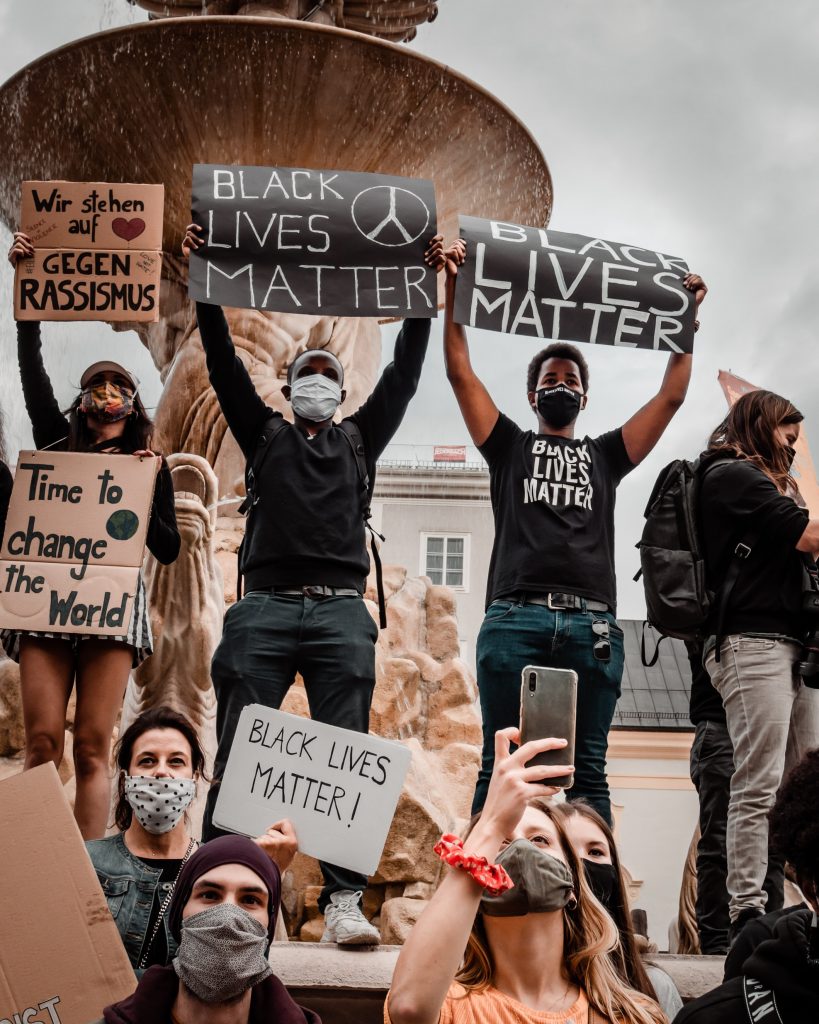Some of you probably saw a video that went viral last year where a white contractor a black Atlanta couple hired online to fix their golf cart showed up in their middle-class cul-de-sac with a gigantic Confederate flag flying from the back of his truck. Shocked, the wife apologized to the contractor for having to come a long way, but that she would not be hiring him for the job. “She’s upset with the flag”, the husband added. “No, I’m beyond upset with the flag”, said the woman said.
So far, nothing out of the ordinary. But the video went viral. I imagine some were shocked that given the controversial racist symbolism of the Confederate flag, a contractor would see it appropriate to fly it full mast on a service call in an unfamiliar neighborhood.
But it was an Inside Edition interview that in my books elevated this incident from Woman Politely Tells Racist Contractor His Services are No Longer Needed…to a full-blown case of in tone policing, with a big helping of respectability politics. (We discuss the latter in our next blog.)
Over the last few months Blacks and their allies have been saying in no uncertain terms that they are through with anti-Black racist misogyny. And, often, they have done so in decibels that reflect the soul-destroying pain of 400 years of Black oppression.
Bottled Rage
Tone policing response to these voices? “You are upset. Calm down. You are making me uncomfortable. If you don’t use the proper voice that is comfortable to me, I am going to bill you/her The Angry Black Woman and him The Violent Black Man. But if you/they air your/their racial pain nicely, calmly, well, we may just give you/them the rights and respect we give to others.”
Here’s what this looked like in the video. Interviewer: “So many people are responding that you handled this so respectfully. You were so classy.” She quotes one tweet: ‘She was brilliant. I applaud her’.
This applause for a “respectful” response to in-your-face racism might not seem like much. But it says a lot. It is in effect implying, “Now THAT’s the way to respond to the racist defiance that is hurting and destroying the lives of black people. All this shouting, this rage, this yelling that black lives latter, well, its just not classy, not respectful!”.
But let’s get real on tone policing. It is oppression. It oppresses those who, fearing it, bottle their rage against racism rather than express it. And they do so in ways that are unnatural. It’s hard to convey in words, but in the video the wife’s body language throughout the interview pulsates with suppressed anger. No wonder studies show abnormally high rates of high blood pressure, anxiety, hyper-vigilance and other health conditions among Blacks, that have been linked to everyday racism!
Quiet too Long
The fear of tone policing makes people stay quiet when they should be speaking out. It hinders progress because messages that should shouted from the mountaintop are whispered in muted tones.
Racism—especially anti-Black racism—is not a delicate egg to be coddled. Even if it is an egg, it’s one that has within it the scorpion of hate that is poisoning our children, both Black and white, and consigning them to the same divisive future they inherited from us.
Tone policing did not begin in our time. Author Ijeoma Oluo (So you Want to Talk about Race) describes the false dichotomy tone police draws between Malcolm X and Martin Luther King:
“Those of us who manage to say please, who never talk of anger, who avoid words like ‘justice’, who keep our indictments abstract and never specific—we are (portrayed as) the Martins. Those of us who shout, who inconvenience your day, who call out your specific behaviour, who say ‘black’ loudly and proudly—we are the Malcolms.” (p. 202)
The truth, Ijeoma is saying, is that both Martin and Malcom—regardless of the decibel of their voice—pointed to the same rot of anti-Black racism. And then as now, the only difference is in what society has decided is ‘comfortable’…or ‘uncomfortable’.

